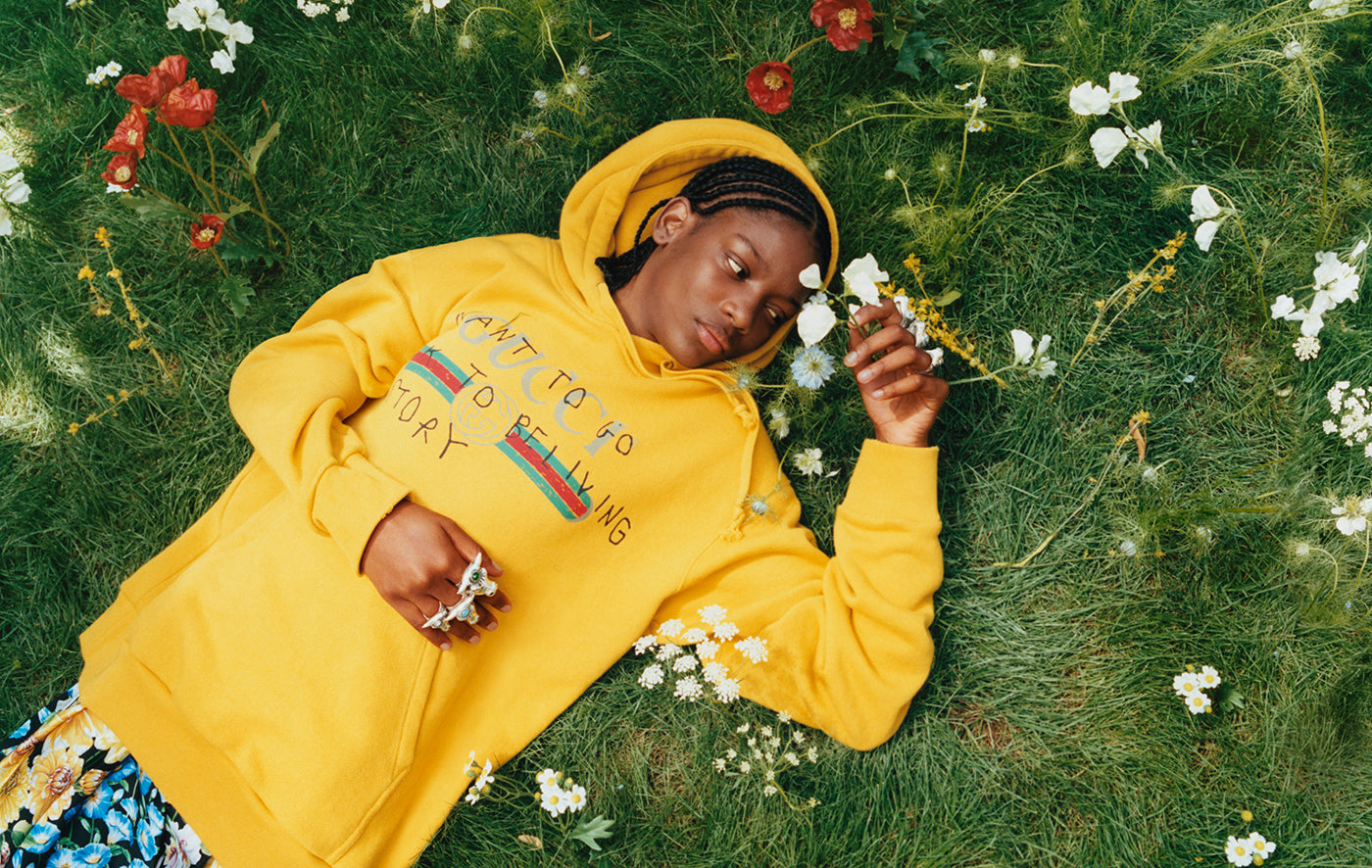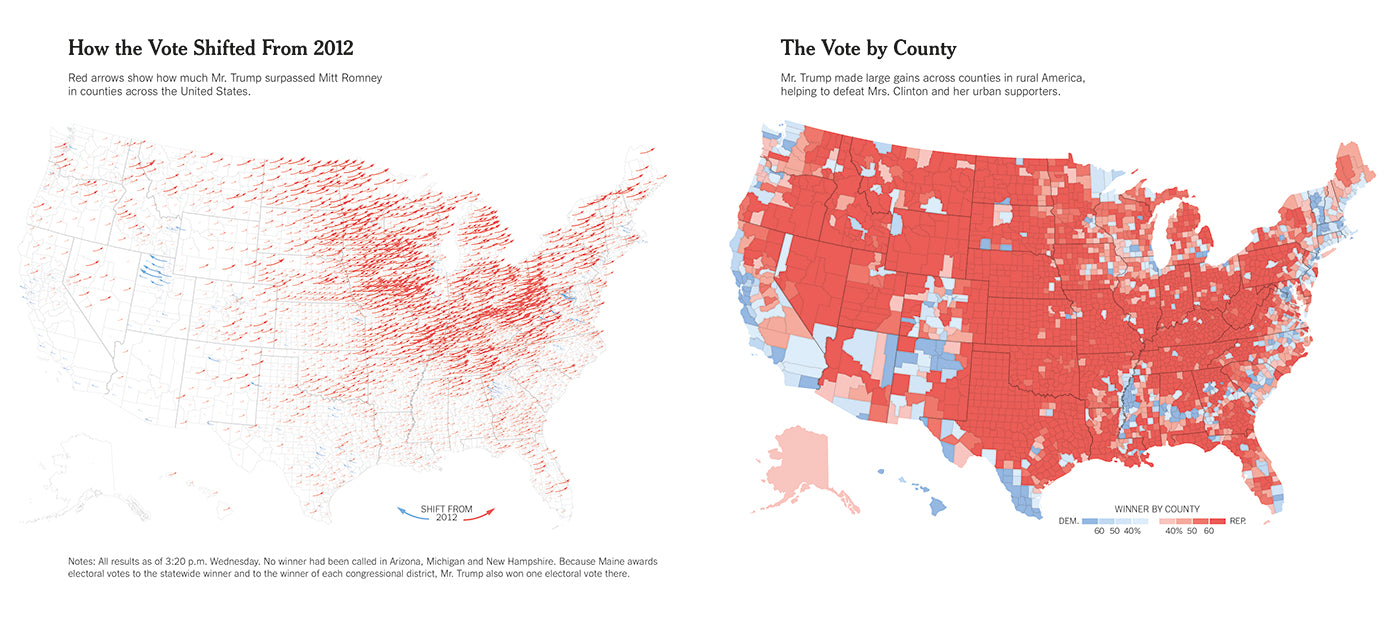
From Artisanal to Artful
Highsnobiety contributor Brian Trunzo on the thin, definitive crossroads of fashion and art
The role of “heritage” has become provenance—a reputation built on consistently good products. As luxury and streetwear learn from each other, the latter’s penchant for graphic sportswear is elevated through high-end artist collaborations, turning bags, T-shirts, hoodies, and more into pieces of wearable art.
Defining “luxury” is no longer about heritage and craftsmanship the way it once was. After decades of globalization and manufacturing advancements around the world, expert quality and artisanship have gone from “nice to have” to “must-have”—and customers demand more. New luxury consumers assume that all garments today are better made than a decade ago. While certain storied items like the Hermès Birkin bag, Patek Philippe Sky Moon Tourbillon, and Loro Piana Vicuña are at no risk of losing their luxury status, many other brands are struggling to stand out in the crowd.

A mural by Coco Capitán for Gucci in Milan’s Largo la Foppa. (Photo: Gucci, Highsnobiety: The New Luxury)
Today, a more compelling indicator of an item’s luxury is its connection to the arts. Ninety percent of Highsnobiety readers discover new creatives, photographers, and artists through fashion—garments have become the canvases against which designers paint their visions.
It’s not just the collaborators who are in demand: According to a 2018 survey, 91% of Highsnobiety readers can easily identify the designers and creatives behind their favorite brands—82% of them even follow them on social media. It’s the personalities behind the products that drive consumer desire. Calvin Klein understood this when it appointed Raf Simons as its creative director in 2016. Tasked with bringing the American legacy brand back to relevance among Millennials and Gen Z, the Belgian designer injected art across the brand’s many segments. In less than a year, Simons had enlisted longtime collaborator and artist Sterling Ruby to assist with campaign imagery, hired graphic designer Peter Saville to imagine a new visual identity for the company, and collaborated with the Andy Warhol Foundation for the Visual Arts on runway collections for the brand’s short-lived “205W39NYC” label.
Simons’ creative direction even extended to Calvin Klein’s massive underwear business. He did away with the red-blooded, uber-masculine advertisements that had lingered long after Mark Wahlberg (aka Marky Mark) displayed his Boston-bred body in the early 1990s. Instead, more gentle, even approachable models adorned billboards for #MyCalvins (interspersed with famous Millennial siblings the Kardashians, Gerbers, and the A$AP Mob).
Collaborating with a relevant artist is the quickest way for a luxury house to connect with the modern consumer. Contemporary figures Daniel Arsham and Takashi Murakami each have a string of collaborations, ranging from sportswear giants like Adidas to commercial retailers like Uniqlo. Conversely, Virgil Abloh’s Harvard University lecture on sneakers and streetwear as the new Duchampian readymades posited fashion as art’s natural counterpart, each elevating the other by association. The conversation flows from the catwalk to the sidewalk: Kim Jones’ first collection for Dior Men was presented under a 33-foot sculpture by contemporary artist KAWS, while street style photos are rife with Dior’s reimagined KAWS T-shirts and saddlebags.

A Nike customization workshop. Workshops often take place on Air Max Day (March 26), where Nike host Nike: ON AIR design workshops in Paris, London, New York, Seoul, Shanghai, and Tokyo. (Photo: Thomas Welch, Highsnobiety: The New Luxury)
Gucci has adopted a similar approach, tapping up-and-coming artists like Trevor “GUCCIGHOST” Andrew and Coco Capitán for a series of well-received capsule collections. The fashion house promoted Capitán’s collaboration with a series of murals featuring the artist’s witty slogans in key cities around the world.
These modern art exhibitions may be sponsored by a luxury brand, but who’s to say the brands themselves aren’t worthy of their museum-quality displays? In the past two years, Rick Owens’ oeuvre was treated to a retrospective at Barneys, while Helmut Lang’s archive has been mined for the “Re-Edition” collection: reproductions of influential silhouettes from the designer’s past that have become cult items on social media and specialized resale platforms like Grailed.
With so much discussion of art in luxury commerce, it’s no wonder the customer wants to get in on the action, too. Playing to the consumer’s artistic impulse, brands now embrace “customization” and “personalization” options that go far beyond the standard monogram. A custom object or experience is one where the purchaser or user dictates changes to an already existing item or service—like having your initials monogrammed on a Goyard St. Louis Tote.

Andy Warhol prints during Raf Simons’ tenure at CALVIN KLEIN 205W39NYC. (Photo: Eva Al Desnudo, Highsnobiety: The New Luxury)
Personalization is only achieved when a brand knows its clients so well that it’s able to produce a bespoke product or service to any customer’s liking without ever presenting an option in the first place—like when Gucci serves you an advertisement on Instagram, seamless and indistinguishable from the accounts you follow, for a product not yet designed, made to your preferences, and available in true one-of-one fashion.
Personalization represents a dialogue between customer and brand, a symbol of a more organic, human relationship than the monologue that used to flow from brand to customer. No longer are customers interested in being presented with a limited menu of options and the following choice: Take it or leave it. Today, both time and money are factors in the luxury equation, making convenience the ultimate indulgence. Amazon understands this. Not known as a traditional luxury retailer, Amazon’s increasingly futuristic services can certainly be seen as luxurious, from offering the ability to try on clothing at home to having groceries and other essentials restocked in one click. It’s quite a luxury you don’t have to think about.
But it doesn’t stop there. Imagine a world in which the precise product you want is recommended to you, designed by an algorithm specifically to your preferences, and only manufactured after you place your order. Think of all the efficiencies that will bring to your life—efficiencies that free up time for you to fulfill your talents and potential. Now that’s luxury!
What is The New Luxury and how is it changing the face of fashion, design, and subcultures across the world? Find out more about our second collaboration with Highsnobiety.


